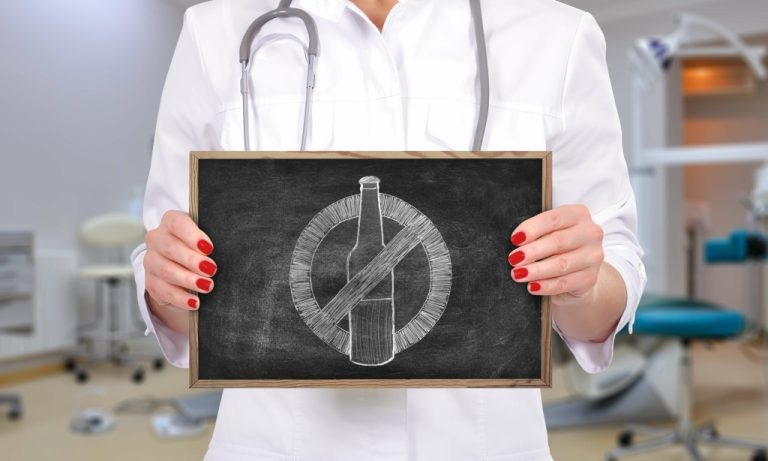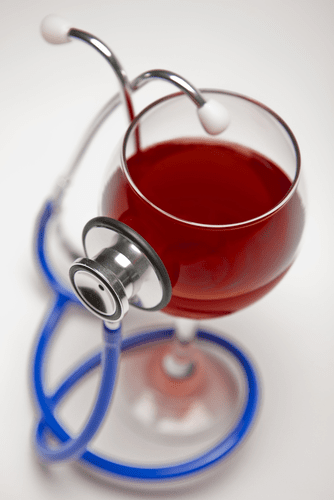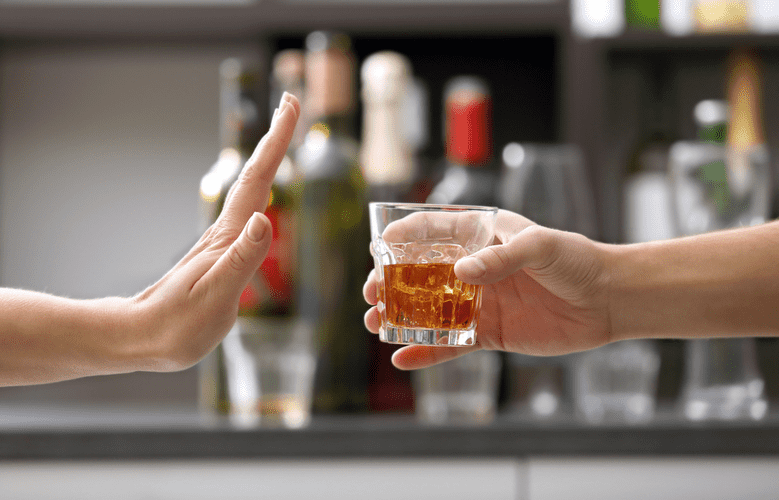Focus: Addiction: Relapse Prevention and the Five Rules of Recovery PMC
In terms of clinical applications of RP, the most notable development in the last decade has been the emergence and increasing application of Mindfulness-Based Relapse Prevention (MBRP) for addictive behaviors [112,113]. Given supportive data for the efficacy of mindfulness-based interventions in other behavioral domains, especially in prevention of relapse of major depression [114], there is increasing interest in MBRP for addictive behaviors. The merger of mindfulness and cognitive-behavioral approaches is appealing from both theoretical and practical standpoints [115] and MBRP is a potentially effective and cost-efficient adjunct to CBT-based treatments. In contrast to the cognitive restructuring strategies typical of traditional CBT, MBRP stresses nonjudgmental attention to thoughts or urges.

Growth Stage
Limit violations were predictive of responses consistent with the AVE the following day, and greater distress about violations in turn predicted greater drinking [80]. Findings also suggested that these relationships varied based on individual differences, suggesting the interplay of static and dynamic factors in AVE responses. Evidence further suggests that practicing routine acts of self-control can reduce short-term incidence of relapse. For instance, Muraven [81] conducted a study in which participants were randomly assigned to practice small acts self-control acts on a daily basis for two weeks prior to a smoking cessation attempt. Compared to a control group, those who practiced self-control showed significantly longer time until relapse in the following month.
What Are The Most Common Relapse Triggers?
Staying committed is a testament to an individual’s determination to live a healthier, substance-free life. A relapse prevention plan worksheet that starts with setting https://www.ciudadyachay.com/page/2/ personal goals for wanting to stay sober helps a patient find a life purpose. It keeps the patient’s mind distracted and away from the object of addiction.
- An acronym for “Disputing Irrational Beliefs,” DIBs is a central pillar in the SMART Recovery approach, guiding individuals through the process of identifying and challenging irrational beliefs that fuel addictive behaviors.
- In the abstinence stage of recovery, clients usually feel increasingly better.
- However, at this time, breathalyzers are only able to detect alcohol, so they may not provide deterrence against relapse on other substances unless combined with random urine drug screens.
Take the Next Step in Your Recovery Journey
Here the assessment and management of both the intrapersonal and interpersonal determinants of relapse are undertaken. This article discusses the concepts of relapse prevention, relapse determinants and the specific interventional strategies. https://gothic.net/game-of-thrones-the-winds-of-winter-drinking-game-edition/ Staying busy is one of the most effective relapse prevention techniques. Engaging in productive activities and hobbies can provide a sense of purpose, promote healthy habits, and reduce the risk of boredom or stress-induced substance use.

- Have you ever had that experience when you’re sick where you can’t remember what it feels like to not be sick?
- If you’ve relapsed before, try to identify the feelings you felt before your relapse.
- Avoiding high-risk situations is an important part of relapse prevention, and strategies can include developing a plan for responding to cravings, seeking out healthy distractions, or engaging in sober activities with supportive individuals.
- While experts agree that recidivism is part of recovery and happens gradually, there are different explanations of its phases and warning signs.
Discover effective strategies to stop drinking alcohol every night with our guide, offering personal insights, expert advice, and practical tips. We want to encourage you to use the insights and strategies from this guide as a roadmap for your journey. Remember, you are not alone in this journey, and with the proper support and resources, lasting recovery is within your reach. When we practice mindfulness and grow familiar with the reoccurring thoughts that trigger us, we can make a game plan around them. If we sit and listen to our thoughts and notice a strong reaction to specific feelings or thoughts, we can now add those to our trigger list.

Determine Any Signs That Could Lead to Relapse

Elucidating the “active ingredients” of CBT treatments remains an important and challenging goal. Consistent with the RP model, changes in coping skills, self-efficacy and/or outcome expectancies are the primary putative mechanisms by which CBT-based interventions work [126]. One study, in which substance-abusing individuals http://www.russsia.ru/vse-o-svadbe/svadebnyie-sapozhki-40.html were randomly assigned to RP or twelve-step (TS) treatments, found that RP participants showed increased self-efficacy, which accounted for unique variance in outcomes [69]. Further, there was strong support that increases in self-efficacy following drink-refusal skills training was the primary mechanism of change.
A relapse prevention plan is used to help keep a person from using a substance after they have decided to quit. It is one of many tools used by individuals recovering from a substance use disorder. Addicts must lie about getting their drug, hiding the drug, denying the consequences, and planning their next relapse. Clinical experience shows that when clients feel they cannot be completely honest, it is a sign of emotional relapse.
- The practice of self-care during mind-body relaxation translates into self-care in the rest of life.
- The Marlatt Model illustrates how both tonic (stable) and phasic (short-lived) influences interact with each other in order to evaluate the likeliness of a relapse.
- They try out different lines and actions, preparing for their performance.
- This way, we can create grounding rituals and coping routines for each of our stressors and triggers.
- It’s important to recognize that addiction is a chronic disease that requires ongoing management and dedication.
